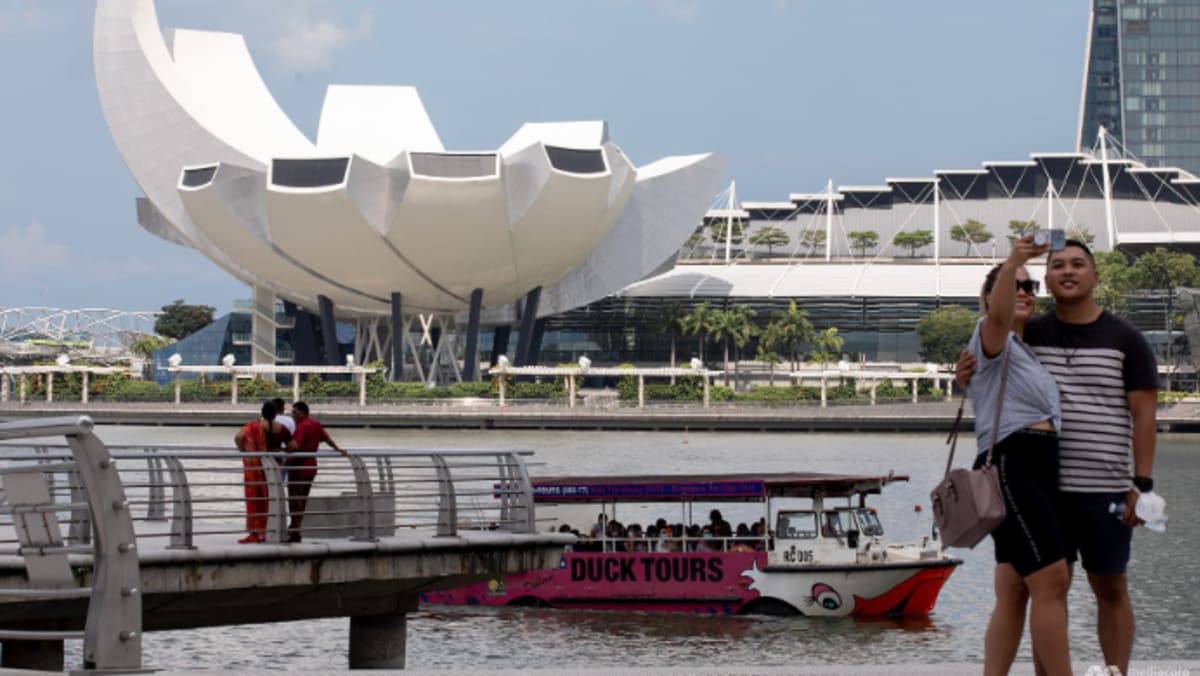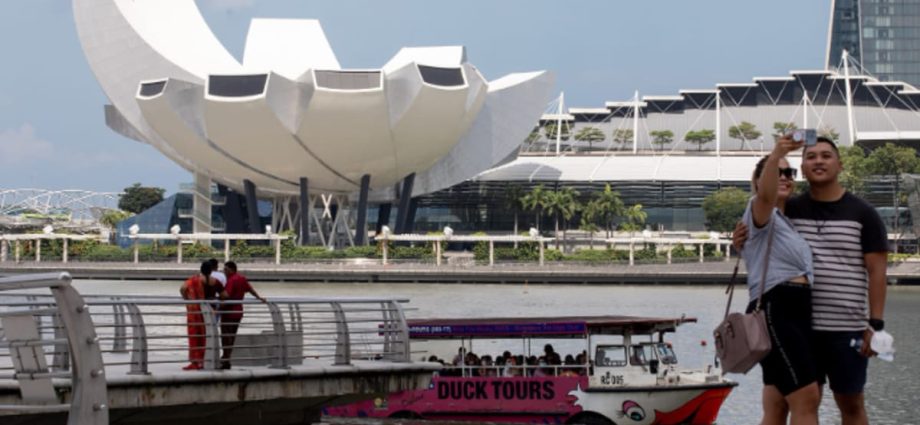
The implementation of a mutual 30-day visa-free travel between China and Singapore brings “more good news”, said Mr Tan.
Under the agreement which started on Feb 9, Singaporeans and Chinese citizens holding ordinary passports can enter China or Singapore without a visa for no more than 30 days if they are travelling for business, sightseeing, visiting friends and family, or other private affairs.
Mr Tan said this has made it easier for Chinese visitors to travel to Singapore – a likely boost to arrivals and spending across tourism-related, retail and the food and beverage sectors. The longer visa exemption also makes it more convenient for Singaporeans to travel to China for leisure and business.
Beyond investments, the government is also working with the tourism sector to develop “a pipeline of high quality and first-of-its-kind experiences” that will be launched in the coming years.
These include expansions at the Resorts World Sentosa to develop a Minions-themed zone at Universal Studios Singapore and an oceanarium that is significantly larger than the existing SEA Aquarium.
Sentosa will also get a new attraction called the Sensoryscape. Connecting Resorts World Sentosa and Sentosa’s beaches, the pathway will feature “multi-sensorial gardens” with digital light art displays at night, said Mr Tan.
The 30,000 sqm pathway, first announced in 2019, is part of a master plan to transform Sentosa and nearby Pulau Brani into a game-changing leisure and tourism spot in the next two to three decades. The iconic Merlion statue on Sentosa island was closed that year to make way for the new development.
The Sensoryscape will be soft launched this month.
Altogether, these new experiences will help to strengthen Singapore’s appeal as a “compelling destination”, Mr Tan said.

